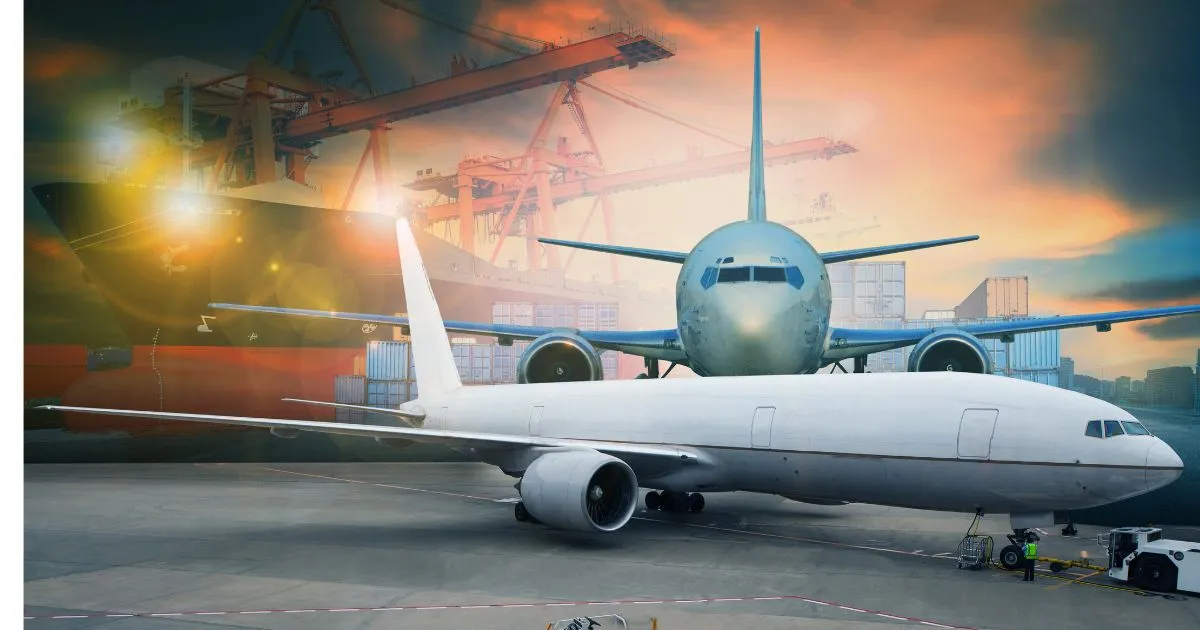Introduction
Air Transportation change continues to be a pressing issue, the aviation industry is making strides to become greener and more sustainable. If you’re passionate about reducing your carbon footprint while traveling, you’ll be pleased to know that there are exciting eco-friendly air transportation options on the horizon for 2024. From electric planes to biofuel innovations, the future of air travel is looking cleaner and greener. In Air Transportation post, we’ll explore the best eco-friendly air transportation options for 2024, so you can make more informed choices about your travel.
1. Electric Air Transportation
Electric aircraft are perhaps the most exciting development in eco-friendly aviation. These planes use electric power instead of traditional jet fuel, significantly reducing emissions.
- Key Players: Companies like Alice by magniX and the E-Fan X by Airbus are leading the charge. Alice is a fully electric aircraft designed for short regional flights, while the E-Fan X aims to demonstrate hybrid-electric technology on a larger scale.
- Benefits: Electric aircraft produce zero tailpipe emissions and have lower operating costs compared to conventional planes. They’re perfect for short-haul flights and urban air mobility.
- Challenges: Current limitations include battery technology and range. However, advancements are being made to address these issues.

2. Hybrid-Electric Air Transportation
Hybrid-electric aircraft combine traditional jet engines with electric propulsion systems, aiming to reduce overall fuel consumption and emissions.
- Key Players: The E-Fan X, developed by Airbus in collaboration with Rolls-Royce and Siemens, is a prominent example. It integrates a hybrid-electric propulsion system with a conventional jet engine.
- Benefits: These aircraft offer a transitional solution, blending current technology with future innovations. They reduce fuel consumption and emissions while still utilizing conventional engines for longer flights.
- Challenges: Hybrid systems are more complex and may involve higher development and maintenance costs.
3. Sustainable Aviation Fuels (SAFs)
Sustainable Aviation Fuels are biofuels made from renewable resources. SAFs can be used in existing aircraft engines, providing a near-term solution for reducing aviation emissions.
- Key Players: Companies like Neste and World Energy are leading the production of SAFs. Airlines like United and KLM are already using SAFs in their operations.
- Benefits: SAFs can reduce carbon emissions by up to 80% compared to traditional jet fuel. They also help lower the industry’s overall environmental impact.
- Challenges: SAF production is currently limited and can be more expensive than traditional jet fuel. Scaling up production and reducing costs are key to widespread adoption.
4. Hydrogen-Powered Aircraft
Hydrogen-powered aircraft use hydrogen fuel cells or combustion engines running on hydrogen, producing only water vapor as a byproduct.
- Key Players: Airbus is developing the ZeroE, a hydrogen-powered aircraft concept aimed at entering service by 2035. Companies like ZeroAvia are also making strides in hydrogen propulsion.
- Benefits: Hydrogen-powered planes promise zero emissions and the potential for long-range flights. They offer a significant reduction in greenhouse gases.
- Challenges: Hydrogen production and storage are currently expensive and complex. Developing a hydrogen infrastructure is also a significant challenge.
5. Urban Air Mobility (UAM) Vehicles
Urban Air Mobility vehicles are electric or hybrid-electric aircraft designed for short, urban flights. They include drones and air taxis, aiming to ease congestion and provide efficient transportation.
- Key Players: Companies like Joby Aviation, Vertical Aerospace, and Lilium are at the forefront of UAM development. They are creating electric vertical takeoff and landing (eVTOL) aircraft for urban transportation.
- Benefits: UAM vehicles can reduce traffic congestion and offer fast, point-to-point travel within cities. They are generally designed with environmental sustainability in mind.
- Challenges: Urban air mobility faces regulatory hurdles, safety concerns, and infrastructure challenges. Noise and public acceptance are also important factors to address.
6. Green Aviation Initiatives
Various airlines and organizations are adopting green initiatives to reduce their environmental impact. These include fleet modernization, carbon offset programs, and energy-efficient airport operations.
- Examples: Delta Air Lines and British Airways have committed to reducing their carbon footprint through fleet upgrades and investing in sustainable technologies. Airports like Amsterdam Schiphol are focusing on green operations and renewable energy.
- Benefits: These initiatives contribute to overall reductions in emissions and support broader sustainability goals in the aviation industry.
- Challenges: Implementation can be costly, and measuring the true impact of green initiatives can be complex. Continued investment and innovation are necessary for significant progress.
Conclusion
The aviation industry is making remarkable strides toward sustainability, and 2024 promises to be an exciting year for eco-friendly air transportation. From electric and hybrid-electric aircraft to sustainable aviation fuels and hydrogen-powered planes, there are numerous options to consider. Urban air mobility vehicles and green aviation initiatives further highlight the industry’s commitment to reducing its environmental footprint.
As travelers, we have the power to support these innovations by choosing airlines and services that prioritize sustainability. By staying informed and making conscious travel choices, we can contribute to a cleaner, greener future for air travel. Happy flying, and here’s to a more sustainable journey!
Air Transportation post aims to provide a comprehensive overview of the best eco-friendly air transportation options available in 2024. Air Transportation covers a range of technologies and initiatives, offering readers a detailed look at how the aviation industry is evolving towards sustainability.
